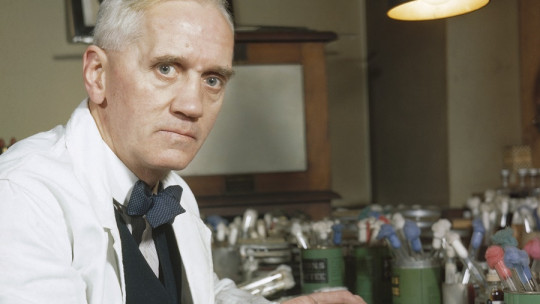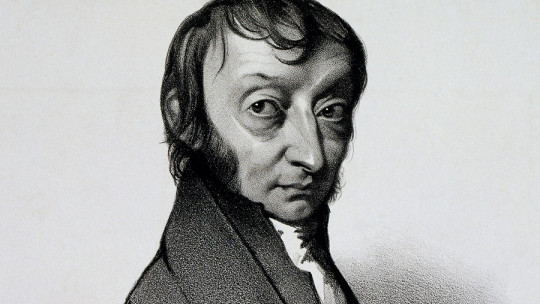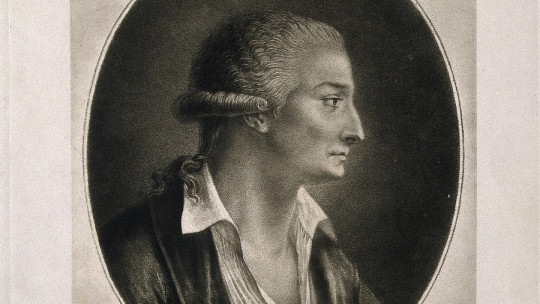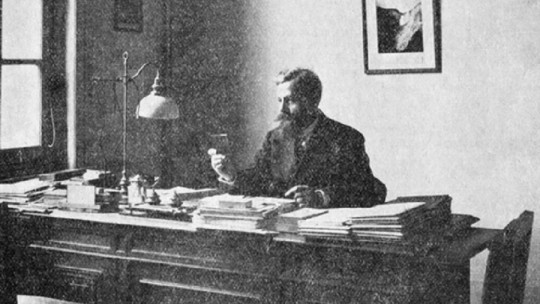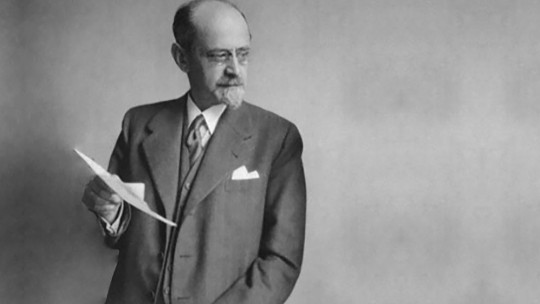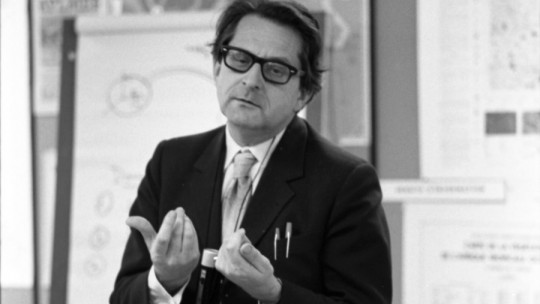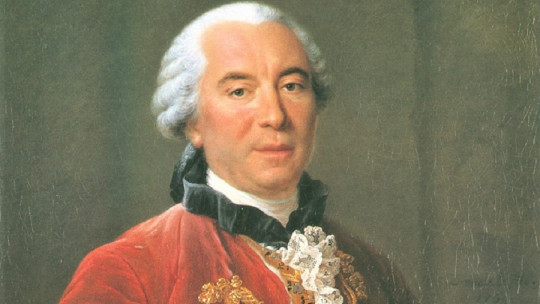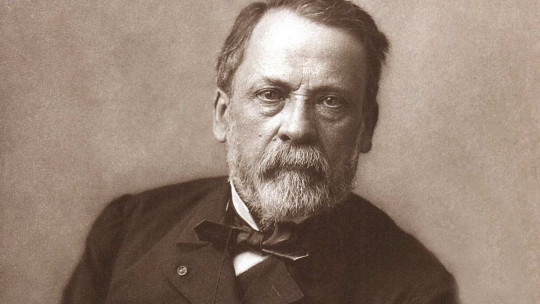
Louis Pasteur was an important French chemist and bacteriologist, who made great contributions to the field of science, and especially to the field of chemistry. He studied fermentation processes, discovered pasteurization and developed the rabies vaccine, among other discoveries.
For many, Pasteur was also the father of microbiology, a part of biology that studies microorganisms. In this article we will briefly review the biography of Louis Pasteur: his origin, career, contributions, research, recognitions and death.
Louis Pasteur: who was he?
Louis Pasteur was a renowned French scientist, as well as a chemist and bacteriologist He was born on December 27, 1822 in Dôle, Burgundy, (France), and died on September 28, 1895, at the age of 73, in Marnes-la-Coquette (also France). His childhood was spent in a small town called Arbois.
Louis Pasteur went down in history for his great scientific discoveries in the field of chemistry and microbiology, especially. In addition, he made important contributions in the field of vaccines.
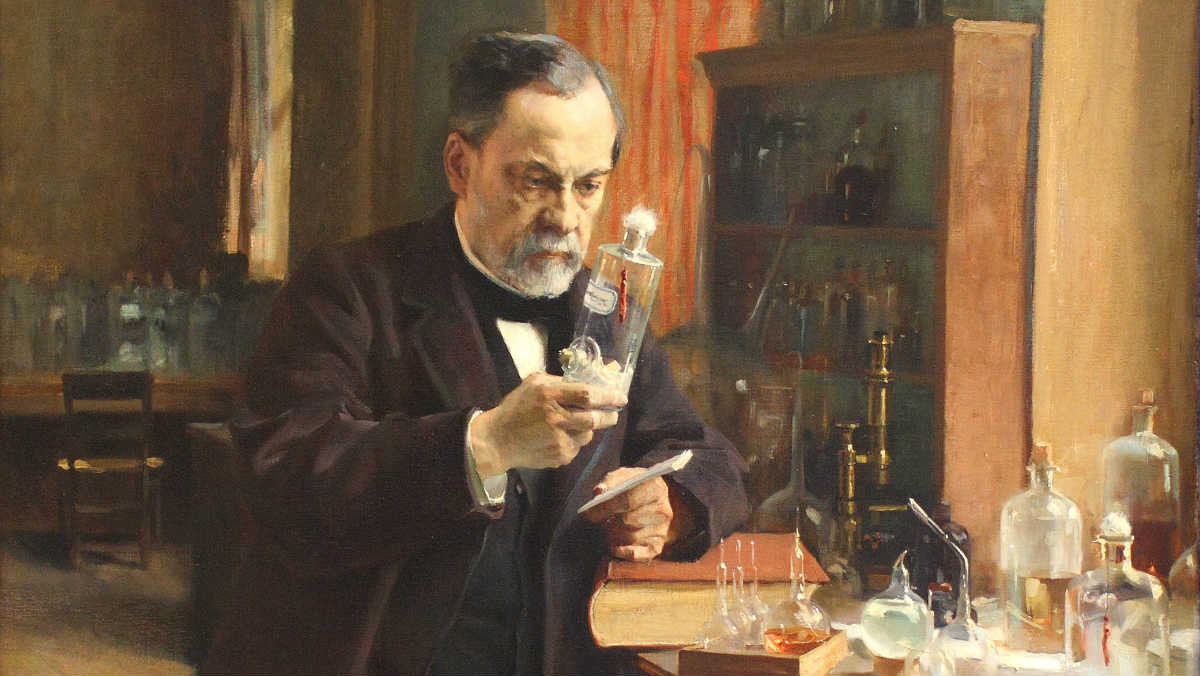
Origin and personal life
Louis Pasteur was the son of Jeanne-Étiennette Roquide and Jean-Joseph Pasteur. His father was Napoleon’s former sergeant.
Regarding his personal life, Pasteur married Marie Laurent in 1849, with whom he had five children. However, three of them died as children as a result of typhus, and only two of them (Jean-Baptiste and Marie-Luise) lived to adulthood.
Beginnings and academic achievements
At an academic level, Pasteur obtained a doctorate in Physics and Chemistry from the École Normale in Paris. He then began working as an assistant to a chemist named Dumas.
He also began working in Dijon and Strasbourg, researching and teaching. Soon Pasteur began to be recognized for his research, and in 1843 he received the first prize in Physics from the Saint Louis Lyceum.
A few years later, in 1854, Pasteur arrived at the University of Lille. There he was appointed professor of chemistry and dean of the faculty of sciences. In 1857 he became director of the Department of Sciences at the École Normale de Paris
Findings
In the life of Louis Pasteur, discoveries and discoveries in the scientific field would soon begin to appear.
His first discovery was only 23 years old, and it was about the optical activity of space isomers; As a result of this discovery, stereoisomerism appeared, a term in chemistry that is related to the structural formula and spatial arrangement of atoms.
Pasteur also studied alcoholic fermentation, a biological fermentation process. He found a microbial origin in it, thanks to the discovery of a specific substance in it: amyl alcohol.
Pasteurization
One of Louis Pasteur’s most recognized discoveries, and which bears his name, It was pasteurization
Through the study of fermentation, Pasteur discovered the following: when he heated the wine to 55ºC, its bacteria died, but its flavor remained intact. This process was called pasteurization, and it was a salvation for the wine industry and others.
But pasteurization went beyond wine, as Pasteur’s research showed, also in the preservation of milk, for example.
The chemist observed how by heating the milk (increasing its pressure and temperature, to approximately 80ºC) before bottling it, and then letting it cool quickly, sand managed to eliminate microorganisms and bacteria from the substance without altering its qualities or composition This is – and is – pasteurization.
Beyond pasteurization
Louis Pasteur continued researching, and began working first at Arbois and then at the company of Henri Marès de Fabrègues.
What else did Pasteur discover? He discovered that lactic and alcoholic fermentations have different ferments. In addition, he also observed that there were certain germs that caused wine diseases, such as fat, bitterness or acescence (wine pitting or “acetic acid”).
In 1866, Louis Pasteur’s work on “Études sur le vin, ses maladies” was published, after he had transferred the conclusions of his research to the Academy of Science a year earlier, in 1865.
Other contributions: pebrine
That same year, in 1865, Pasteur left Paris, where he worked as director of scientific studies at the École Normale.
There they helped the silk industry in the south of France. They were just going through a crisis, since a silkworm disease, pebrine, had spread and become an epidemic.
What Pasteur did was demonstrate that pebrine, in addition to being contagious, was hereditary This led him to conclude that they should select disease-free eggs to continue breeding them.
Other fields: Medicine
Pasteur’s discoveries and research had an impact beyond the field of chemistry and bacteriology, reaching medicine. Pasteur maintained that the same thing that occurred in fermentation processes occurred in diseases (in terms of their origin and evolution).
In this way, he suggested that diseases were caused by the action of certain germs, which penetrated inside the organism, from the outside. He called this theory the “germ theory of disease.” In reality, these claims were highly debated by scientists and doctors around the world.
Vaccines
Louis Pasteur also made contributions to the field of vaccines. Pasteur demonstrated that anthrax, a fatal disease of cattle, was caused by a certain bacillus (a type of bacteria).
As a result of this finding, he thought that a (mild) form of the disease could be induced in cattle, through the administration of this type of weakened or deactivated bacteria. So he did so, in order to immunize cattle against the lethal attack of anthrax. His research and experiments obtained promising results.
Beyond cattle, Pasteur also applied the vaccine to humans Thus, in 1885, he administered a vaccine to a young man who had been bitten by a dog with rabies. Through a treatment that lasted ten days, the young man was inoculated with the virus, recovered and healed. The rabies vaccine is still used today, being effective in saving a large number of people.
Death and legacy
After a professional career full of great contributions and discoveries to the scientific field and especially to the chemical field, Louis Pasteur died, at the age of 73, in Marnes-la-Coquette (France)
His death occurred on September 28, 1895, as a result of cardiorespiratory arrest. To this day his legacy lives on, transmitting his knowledge in schools, universities, institutes, research centers, etc.
As a curious fact, on Pasteur’s tombstone you can read the following words: “Happy is he who carries with him an ideal, an internal God, be it the ideal of the country, the ideal of science or simply the virtues of the Gospel.”

